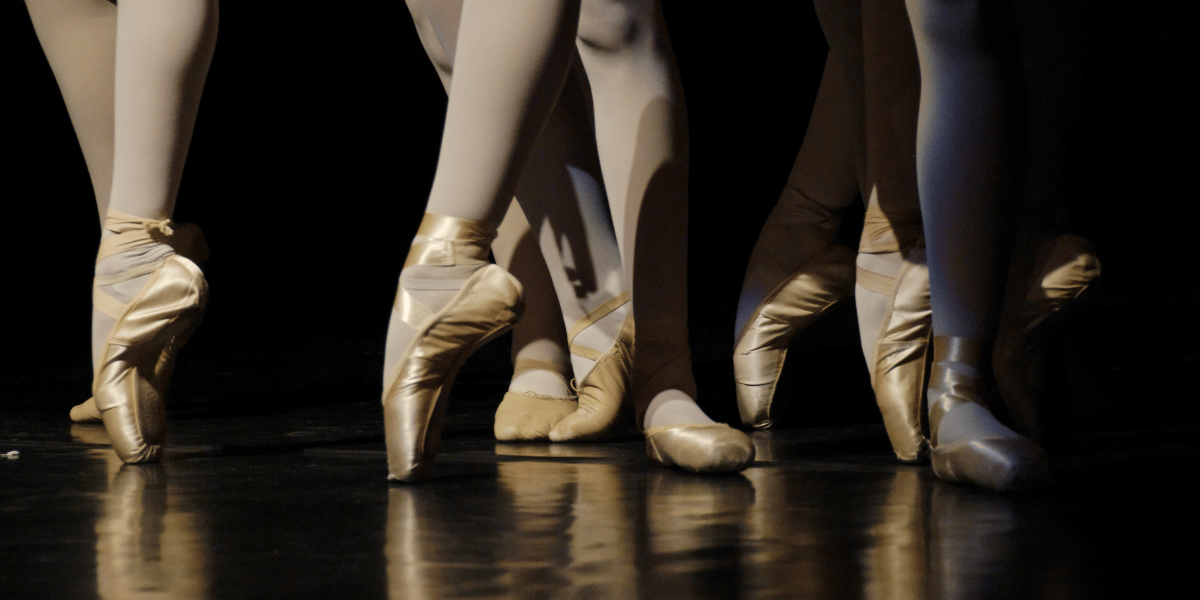
What is Posterior Tibial Tendonitis or PTTD? What Can I Do about It?
|
|
|
Read in 7 min
Get free shipping on orders over {{threshold}}!
|
|
|
Read in 7 min
Posterior Tibial Tendonitis (PTT), also known as Posterior Tibial Tendon Dysfunction (PTTD), is a condition that goes by many names and can cause significant pain and limit mobility. It's a relatively common condition affecting 3-10% of the population. However, a lot of people who visit the in-person physical therapy practice of Luke, our co-founder, don't know they have it until they work with him, because Posterior Tibial Tendonitis is very much underdiagnosed.
Understanding this condition, its causes, risk factors, and symptoms can help you manage and treat it effectively, regardless of what you call it. Let's dive in, so you can leverage effective at-home PTTD treatments to take control of your recovery.
Posterior Tibial Tendonitis is a condition with multiple names, each highlighting different aspects of the same injury and its impact on the foot and ankle. The posterior tibial tendon maintains the arch of the foot. When this tendon becomes inflamed or damaged, it can lead to a host of structural problems in the foot.
Posterior Tibial Tendon Dysfunction (PTTD) refers to the dysfunction of the posterior tibial tendon. When this tendon cannot perform its role properly, the arch of the foot can collapse, leading to what’s often termed as Flatfoot or Adult Acquired Flatfoot Deformity (AAFD). This arch collapse can make the foot appear flat or fallen, hence the terms Fallen Arches or Flat Feet.
Another term, overpronation, is a more general term that describes the inward rolling of the foot when walking or running. Overpronation is a common symptom of posterior tibial tendon dysfunction. (As an independent condition, it's also a risk factor for Posterior Tibial Tendonitis.) This inward roll can exacerbate the condition and lead to further problems throughout the chain of movement, like knee pain, if not addressed.
The posterior tibial tendon is essential for maintaining the arch of the foot and providing shock absorption and stability when walking or running. This tendon runs along the inside of the ankle and helps with the push-off phase of the gait cycle.
However, when the posterior tibial tendon is injured or inflamed, its ability to support the arch diminishes. As a result, the arch can flatten or collapse, leading to decreased shock absorption and increased strain on other parts of the foot and ankle. This additional strain can cause pain and discomfort as the muscles and tendons work harder to compensate for the compromised posterior tibial tendon.
We've learned that PTTD happens when the posterior tibial tendon (or tibialis posterior tendon) is damaged or inflamed. But how does that happen?
Essentially, Posterior Tibial Tendonitis is an overuse injury, where repetitive stress placed on a tissue leads to soft tissue injury. At the most basic level, the cause of Posterior Tibial Tendonitis is simple: it's a mismatch between load and capacity.
When you have a weak point somewhere in the kinetic chain that goes from your foot all the way up to your hip, the tibialis posterior tendon has to work harder to support the load with every step you take. When that load exceeds the capacity of the tendon, it develops microtears and inflammation, which leads to pain around the tendon, typically felt inside the ankle.
Several factors can contribute to the development of PTTD. If you think of the root cause as the load and capacity mismatch, the list should make sense. Common causes of Posterior Tibial Tendonitis include:
Understanding the risk factors can help you prevent and manage PTTD. You might be at higher risk if:
Figuring out if you have Posterior Tibial Tendonitis can be tricky even for podiatrists and physical therapists, but here are some clues to see if your foot or ankle pain is from PTTD:
Recognizing the symptoms of PTTD early is key to finding the right treatment and avoiding progression of the condition. If you are seeking a healthcare professional's help, it can be especially helpful, since this is a condition that your doctor or PT may overlook or misdiagnose.
Look out for these three telltale signs:
The gold standard of non-invasive, active treatment for Posterior Tibial Tendonitis incorporates four components that work together:
This is the basis of the Alleviate Method, developed to bring the effective treatment methodology and tools to everyone's home. Our PTTD System uses the Alleviate Method to get you back to doing what you love, without a visit to a doctor's office. Check it out, and let us know if we can answer any questions!
Repetitive Stress Injury: Posterior Tibial Tendonitis (or PTTD) is a chronic pain condition that affects the tibialis posterior tendon. It develops when the tendon is subjected to more load and stress than it can handle.
Risk Factors: Being on your feet for long periods of time, weight gain, low arch, overpronation, and increase in your activity level can trigger this condition.
Symptoms: PTTD pain often feels like a dull ache inside of your ankle, or a burning sensation. It usually gets worse after activity, and going uphill or up stairs feels worse than walking on a flat surface. You might have swelling around the ankle, too.
Treatment: Physical therapists use a four-pronged approach to treat Posterior Tibial Tendonitis. Alleviate PTTD System replicates this gold standard of PT treatment with a support brace, medical-grade compression socks, a PTTD exercise program, and a deep tissue foot massager.

